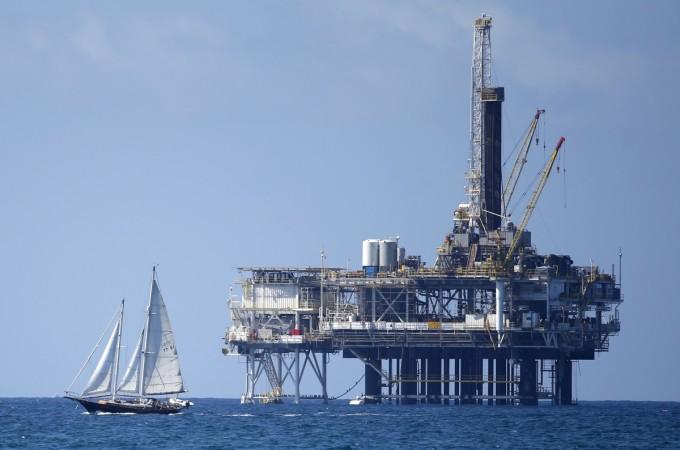
Oil prices were stable on Friday, weighed down by a stronger dollar but supported by signs fuel markets are balancing after two years of oversupply.
The dollar rose to its highest level since March against a basket of other leading currencies on Thursday, potentially crimping demand as fuel becomes more expensive for countries using other currencies.
U.S. West Texas Intermediate (WTI) crude CLc1 was trading at $50.62 a barrel at 0050 GMT, 1 cent below its last settlement.
International Brent crude oil futures LCOc1 were up 3 cents at $51.41 per barrel.
Crude prices fell over 2 percent the previous session on the back of the soaring dollar.
Despite the falls, overall sentiment in oil markets was confident as financial investors are still keen to pour more money into crude futures, and there are also mounting signs of a tightening physical oil market.
"The near term fundamentals in the oil market have turned positive. Demand is stabilising, OPEC production has peaked (and will fall if cuts are implemented), and global inventory declines imply that the market is more balanced than many believe," Neil Beveridge of Bernstein Energy said in a note to clients.
The Organisation of the Petroleum Exporting Countries (OPEC) plans to implement a 0.5 to 1 million barrels per day production cut after a meeting on Nov. 30.
OPEC's current output stands at a record 33.6 million barrels per day.
Bernstein's Beveridge said that due to OPEC's cuts and general market conditions, he was "forecasting a return to $60 per barrel in 2017 and $70 per barrel in 2018", adding that even higher prices would be prevented by rising production outside OPEC.
"Ultimately, a rise in U.S. production (and non-OPEC supply more broadly) will cap the recovery in price," he said.
U.S. crude oil production C-OUT-T-EIA has fallen almost 12 percent since peaks in 2015, to around 8.5 million barrels per day, but rising drilling activity has slightly lifted output again in recent weeks, in what some analysts say are early indicators that the U.S. shale industry has adapted to lower prices and can operate at around $50 per barrel.

















